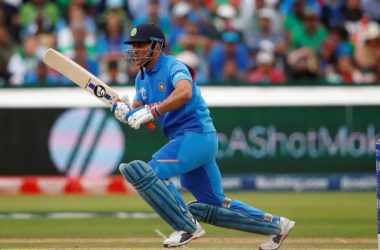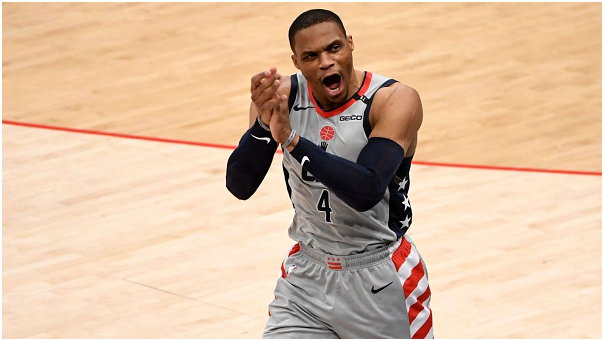Fantasy cricket brings the joy of the game and the challenge of smart decision-making into one powerful experience. But if you’ve ever picked a player just because he’s your favorite, and not because he’s in form, you’ve already faced the classic tension between fan and strategist.
As international and domestic games heat up, users on every fantasy cricket app are constantly walking a fine line: following their heart versus following the numbers. So how do you balance emotion and logic in your team selection, especially when your favorite team is playing or a star cricketer is out of form? Let’s explore how you can enjoy the emotional connection while still making winning decisions.
The Emotional Bias: What Every Cricket Fan Feels
Cricket isn’t just a sport; it’s personal. Maybe you’ve been following a certain player for years or have deep loyalty to a franchise. This loyalty can influence your picks, often subconsciously.
For example, you might pick Virat Kohli every time he plays, regardless of form or pitch conditions. Or you might avoid a rival team’s player even if they’re statistically the best option for the match.
On any cricket app, this kind of emotional bias can lead to missed prospects. That’s where it helps to step back and adopt the mindset of a strategist.
The Strategist’s Mindset: Data, Roles, and Conditions
To succeed consistently on a fantasy cricket app, emotion must give way to information. The strategist’s approach is rooted in understanding the structure of the game and interpreting data points in context, not just picking popular players. Here’s how to sharpen your thinking and make well-grounded decisions:
1. Use Recent Form Over Reputation
It’s tempting to select big-name players because of their past performances, but recent form is far more relevant. A seasoned strategist digs into how a player has performed in the last 3–5 matches, both in the domestic and other leagues. Platforms offering cricket online stats often highlight runs, strike rate, bowling economy, and wickets.
Example: If a high-profile batter hasn’t scored in the last five matches, and a young uncapped player has hit two fifties recently, the strategist leans toward the form player — regardless of status.
2. Understand Player Roles and Match Responsibilities
Not all players have equal ways to score points. A lower-order batter in a strong top-heavy team may only bat once every few games. Similarly, a bowler who only bowls during the middle overs may not get as many wickets as one who bowls during the death overs.
A strategist analyzes:
- Batting order position (Openers face more deliveries)
- Bowling phase (Powerplay and death overs = higher wicket potential)
- All-rounder utilization (Does the player consistently bowl their full quota and bat in the top 5?)
3. Adapt to Pitch and Venue Patterns
Different grounds favor different skill sets. A strategist knows how a pitch behaves and picks players who suit those conditions. Some venues are better for spinners; others produce high-scoring matches that reward aggressive top-order batters.
Key pitch-based tips:
- Pick spinners for slow, turning tracks like Chennai or Lucknow.
- Prioritize aggressive batters at flat grounds like Wankhede or Eden Gardens.
- Favor pacers with variations (cutters, yorkers) in dry evening matches with expected dew.
Example: If Kolkata Knight Riders are playing in Eden Gardens, a strategist might pick power-hitters like Andre Russell or Rinku Singh over players who thrive in low-scoring games.
4. Follow Team Combinations and Toss-Driven Changes
Team lineups can shift based on form, injury, or tactics. Toss decisions also impact player value, especially for bowlers, since bowling first vs. second can affect economy and wicket-taking potential.
Always confirm:
- Is your selected player in the playing XI?
- Are they batting higher or lower than usual?
- Has a key competitor or partner (like a strike bowler or opening partner) been rested?
Many fantasy cricket apps allow lineup changes after the toss. The strategist uses this window to adjust based on the final playing XI, optimizing every selection for the actual match context.
5. Watch for Differential Picks
Everyone chooses the top 3–4 star players. The strategist gains an edge by identifying smart differential picks; players selected by fewer users who could still produce a strong performance.
These might be:
- Uncapped players in form
- Experienced bowlers in helpful conditions
- Floating batters promoted in flexible batting orders
Finding the Middle Ground: Practical Ways to Balance Both
The good news? You don’t have to choose one side completely. It’s possible to honor your fandom while still making smart fantasy decisions. Here’s how:
1. Set Aside One “Fan Pick”
Give yourself room for one emotional pick per match. It could be your favorite player or someone from your home team. Let the rest of your selections follow a strategic framework. This keeps the fun intact without sacrificing your competitive edge.
2. Separate Teams for Different Goals
Many fantasy platforms let you enter multiple contests. Use one team for pure strategy, driven by data and logic, and another for fun, where you follow your gut. Compare the performance over time to see how each approach works.
3. Track Emotional Picks vs. Strategic Picks
Use your cricket app’s performance history to identify trends. Are your fan-based choices consistently underperforming? Are logical choices scoring higher? The more you review, the easier it becomes to trust your instincts—the right ones.
Conclusion
Balancing emotion and logic is part of what makes fantasy cricket so unique. Your connection to the game is important; it’s why you care in the first place. But channeling that passion through a strategist’s lens is what turns casual participation into consistent performance.
So the next time you open your cricket app to build your fantasy cricket team, ask yourself: Am I picking as a fan, or as a strategist, or the best mix of both?

















